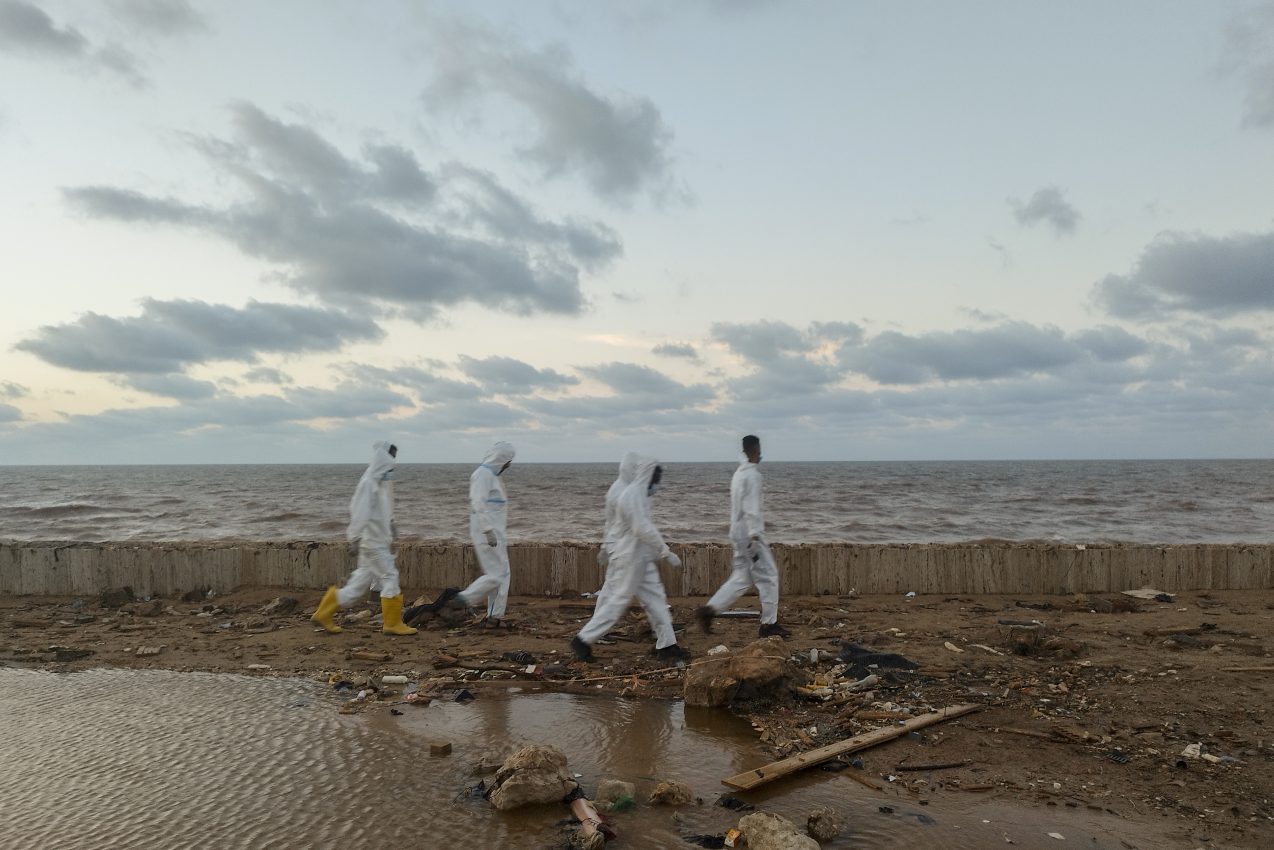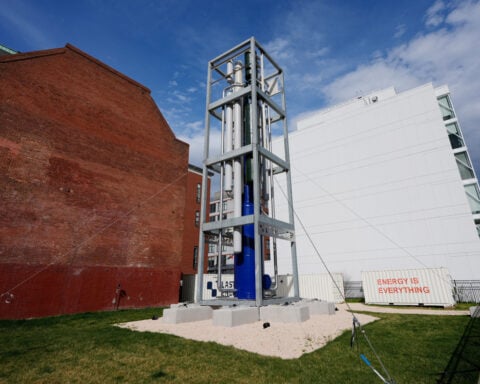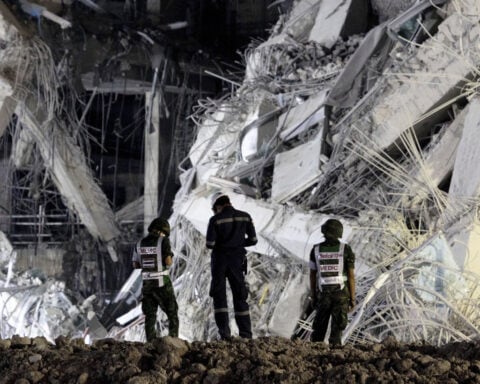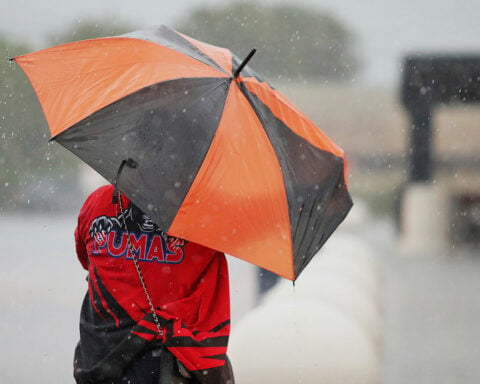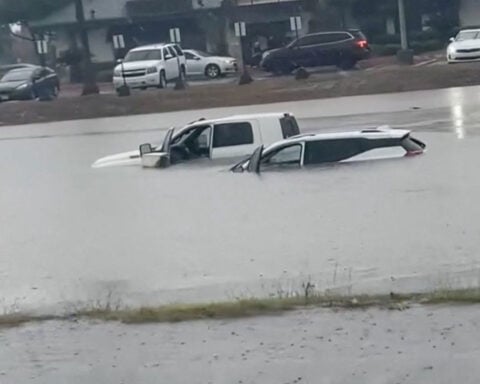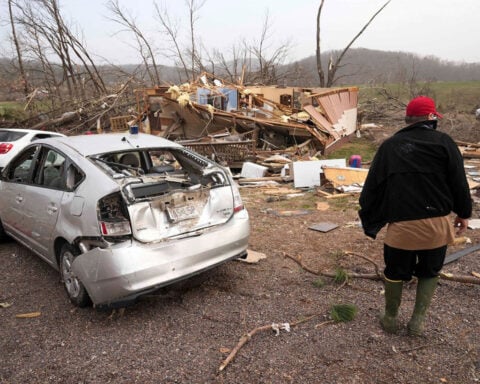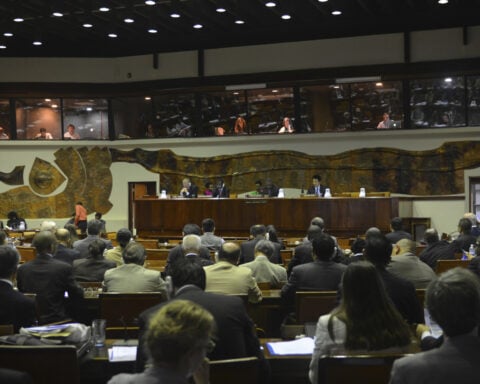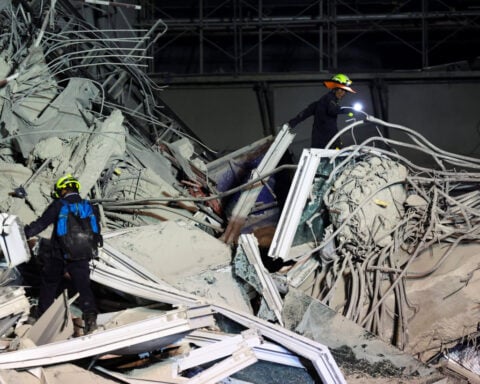The devastating storm that dumped torrential rains along the Libyan coast this month was up to 50 times more likely to occur and 50% more intense because of human-caused climate change, according to an analysis released Tuesday.
Before crossing the Mediterranean, the storm raged for four days and caused extensive damage in central Greece and parts of Bulgaria and Turkey, a region where such extreme storms are up to 10 times more likely and up to 40% more intense because of climate change, scientists said.
Heavy one-day rains from Mediterranean storm Daniel caused massive flooding across eastern Libya that overwhelmed two dams, sending a wall of water through the coastal city of Derna that destroyed entire neighborhoods and swept bridges, cars and people out to sea. The death toll has varied, with government officials and aid agencies giving tallies ranging from about 4,000 to 11,000 dead.
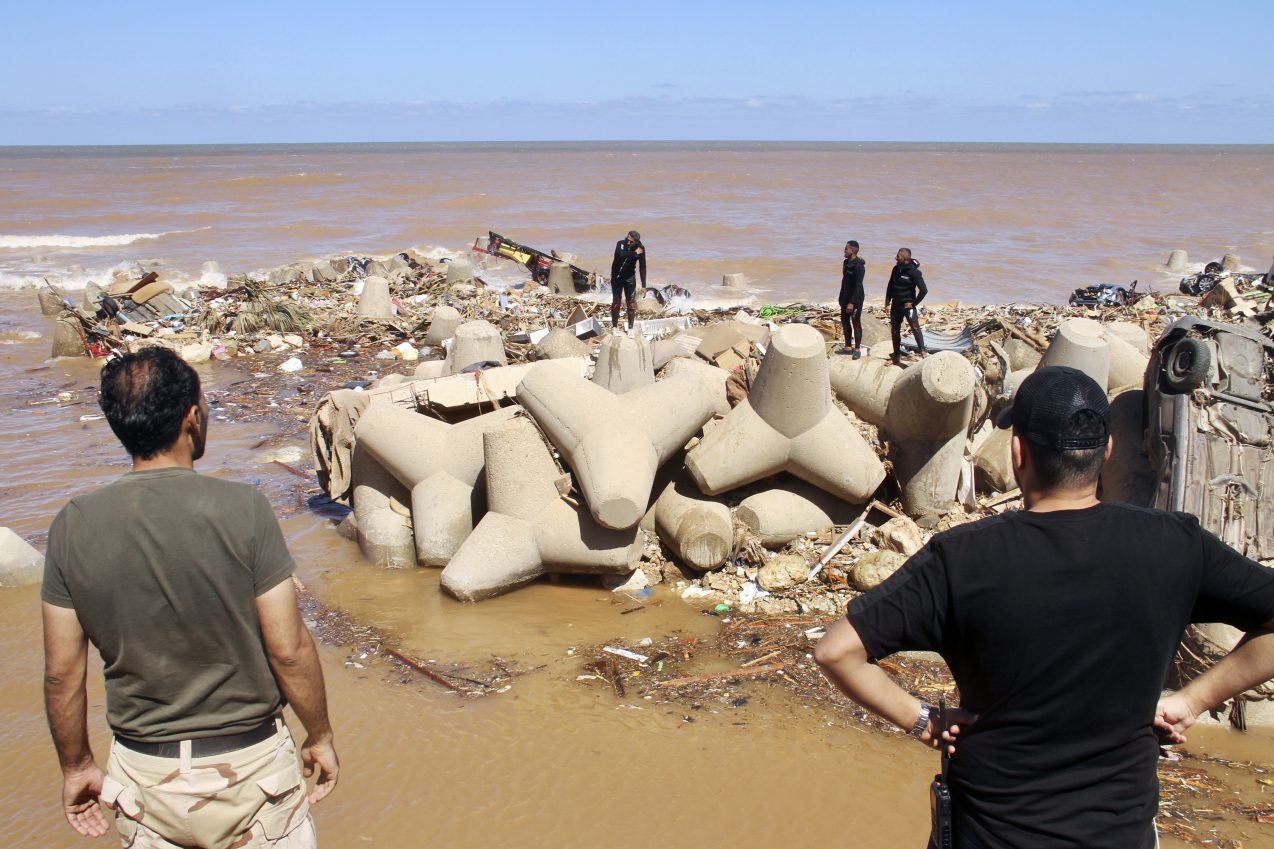
The analysis was conducted by the World Weather Attribution group, which aims to quickly evaluate the possible role of climate change in extreme weather events.
It also acknowledges that the impacts of the storms were made worse by other factors such as deforestation and urbanization in Greece that changed the landscape and exposed more people to flooding, and by conflicts in Libya that likely led to lack of maintenance on the dams and communications failures. What’s more, the dams might not have been designed to withstand such an extreme rainfall in the first place, they say.
“Through these events, we are already seeing how climate change and human factors can combine to create compounding and cascading impact,” said Maja Vahlberg from the Red Cross Red Crescent Climate Centre in the Netherlands and one of 13 researchers who collaborated on the analysis.
Researchers looked at one-day maximum annual rainfall in a region over Libya, calculating that this month's storm was a once in 300- to 600-year event in today's climate. They also looked at four-day maximum rainfall in the summer season over a region that includes Greece, Bulgaria and Turkey, finding the recent deluge would be expected to occur once every five to 10 years.
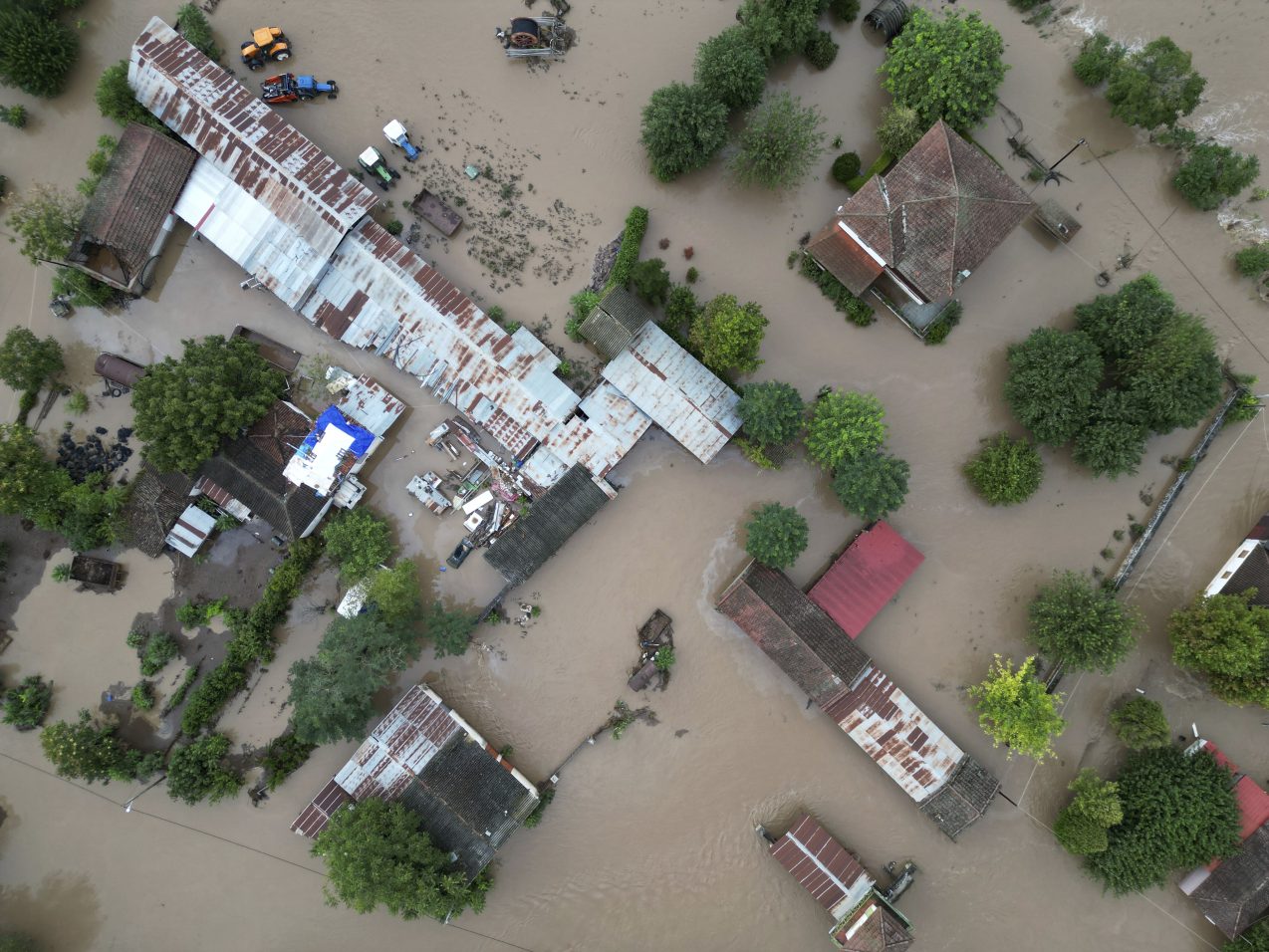
To assess the role of climate change, researchers then combined observations of rainfall and climate models to determine if there had been changes in the likelihood and intensity of those maximum rainfalls.
Researchers acknowledged that there was high uncertainty in their estimates, and the data includes the possibility that warming played no role because the climate models could not accurately capture the very intense heavy rainfall events.
But they gave equal weight to their observations and the climate models, and said they were confident in their findings because it's well-established physics that warming causes the atmosphere to retain more water vapor — about 7% more for every 1 degree Celsius of warming — and nothing else occurred to counteract that effect.
“It would be really careless to say there was no change (based on the models),” because of what they know from physics about the effects of warming on the intensity of rainfall in low-pressure systems, said Friederike Otto, a scientist at Imperial College London's Grantham Institute.
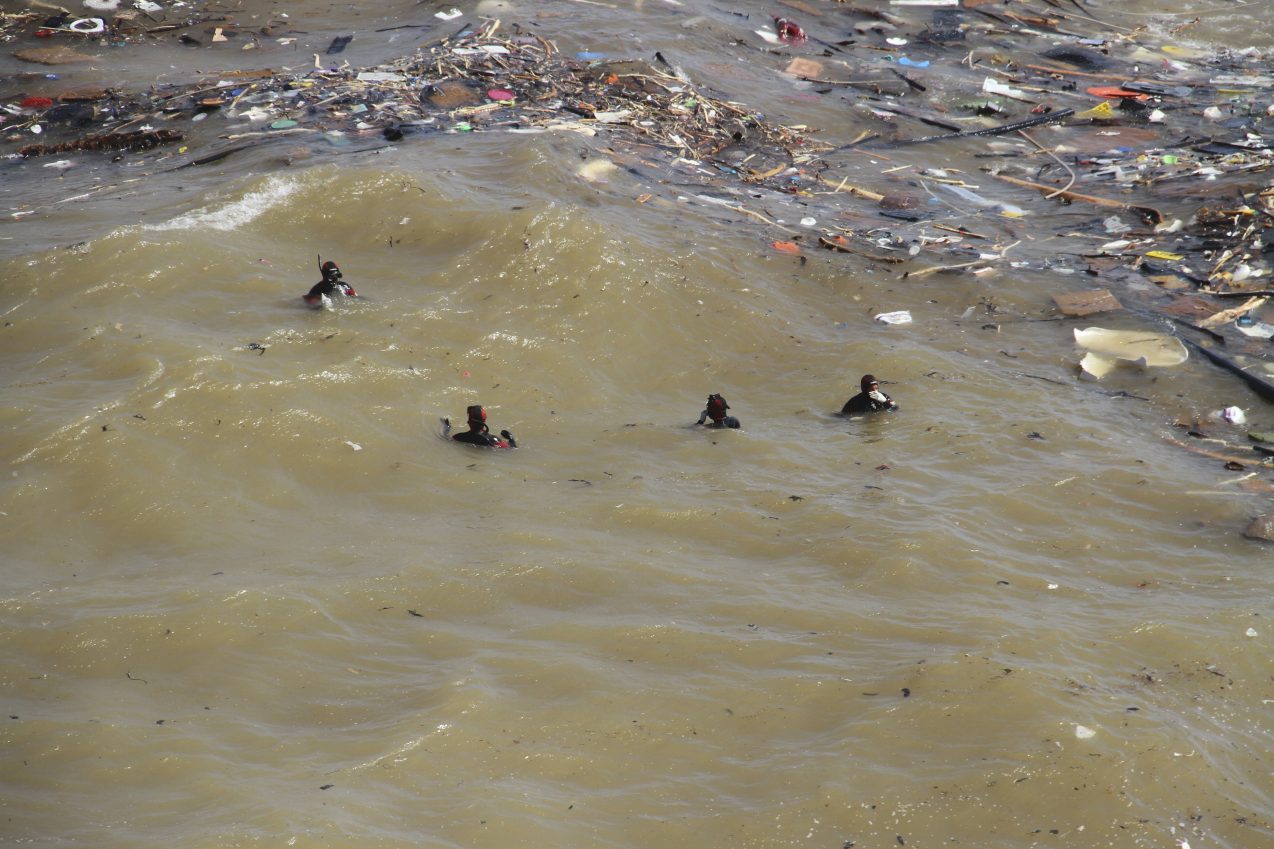
Florida State University climate scientist Michael Diamond, who wasn't involved in the study, said he doesn't disagree that a warmer atmosphere probably contributed. But he said the analysis differs from most traditional climate studies that start with the baseline assumption that global warming is not changing extreme precipitation, then determine if that is right or wrong.
Even so, the attribution analysis' approach is useful to those who must act on climate change, including deciding how to build infrastructure that’ll be in place for decades to come, he said. In that case, assuming storms will get worse makes sense, “because that's probably what's going to happen just based on the fundamental physics that a warmer atmosphere can hold more water vapor ... (and) we have to be prepared for it."
University of Pennsylvania climate scientist Michael Mann, who was not involved in the analysis, said such weather attribution studies are somewhat useful but don’t capture all the ways that climate change affects weather events. Notably, models used in the analyses don’t account for the fact that, as the poles warm faster than the subtropics, the jet stream is becoming locked into a stationary wavy pattern associated with persistent weather extremes.
“For this reason, my belief is that these attribution studies actually underestimate the impact human-caused climate change is having on these events,” Mann said in an email.
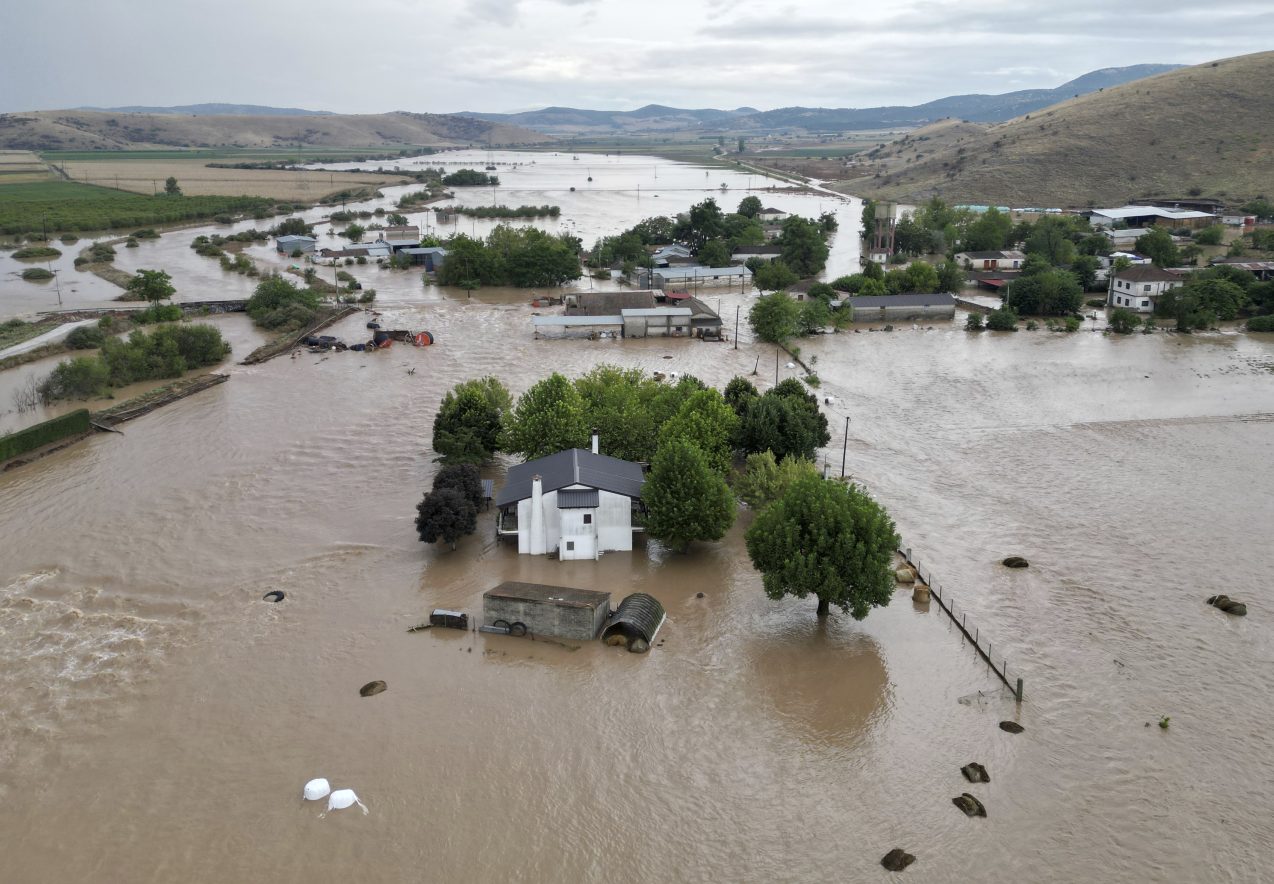
___
Associated Press climate and environmental coverage receives support from several private foundations. See more about AP’s climate initiative here. The AP is solely responsible for all content.

 Trump has begun another trade war. Here's a timeline of how we got here
Trump has begun another trade war. Here's a timeline of how we got here
 Canada's leader laments lost friendship with US in town that sheltered stranded Americans after 9/11
Canada's leader laments lost friendship with US in town that sheltered stranded Americans after 9/11
 Chinese EV giant BYD's fourth-quarter profit leaps 73%
Chinese EV giant BYD's fourth-quarter profit leaps 73%
 You're an American in another land? Prepare to talk about the why and how of Trump 2.0
You're an American in another land? Prepare to talk about the why and how of Trump 2.0
 Chalk talk: Star power, top teams and No. 5 seeds headline the women's March Madness Sweet 16
Chalk talk: Star power, top teams and No. 5 seeds headline the women's March Madness Sweet 16
 Purdue returns to Sweet 16 with 76-62 win over McNeese in March Madness
Purdue returns to Sweet 16 with 76-62 win over McNeese in March Madness
